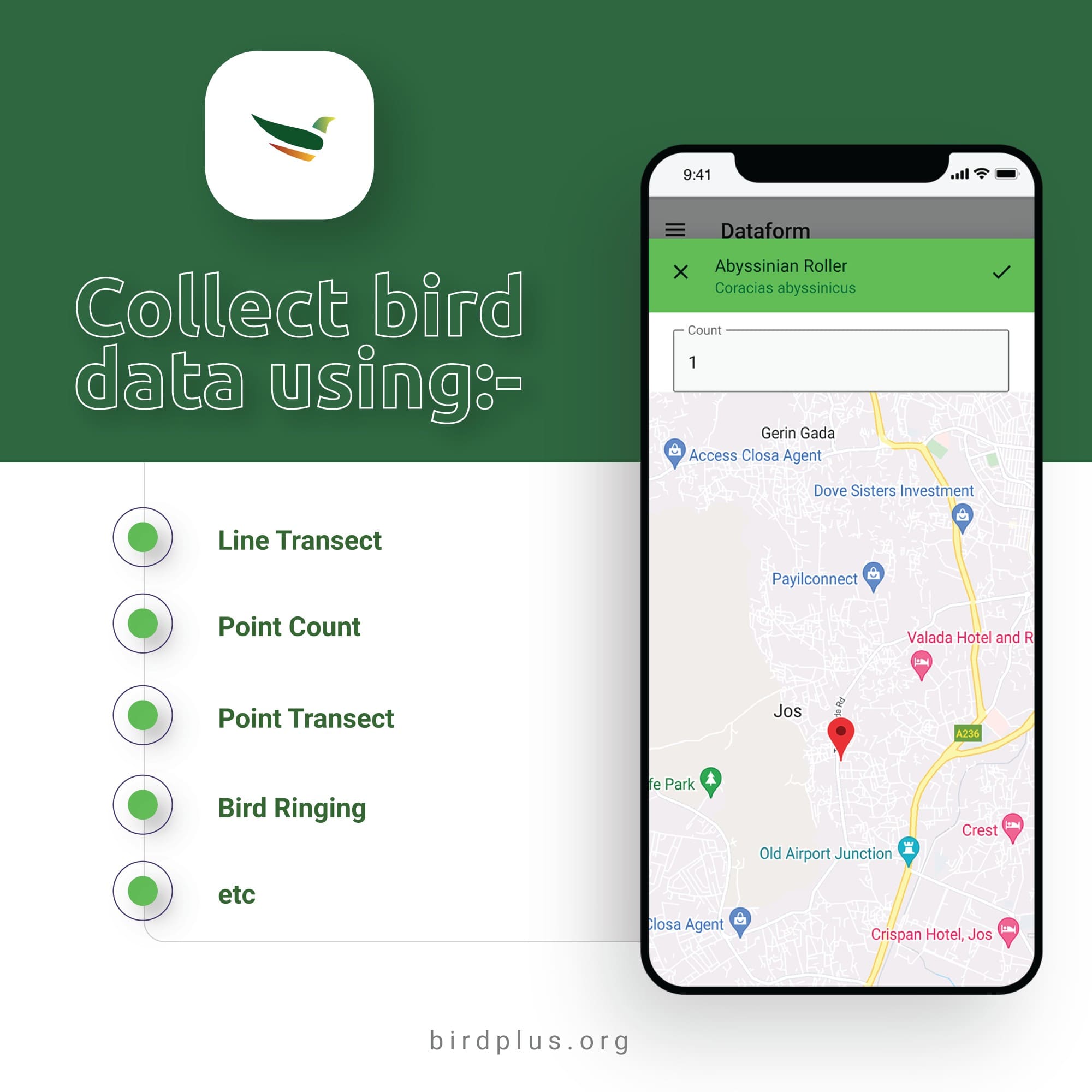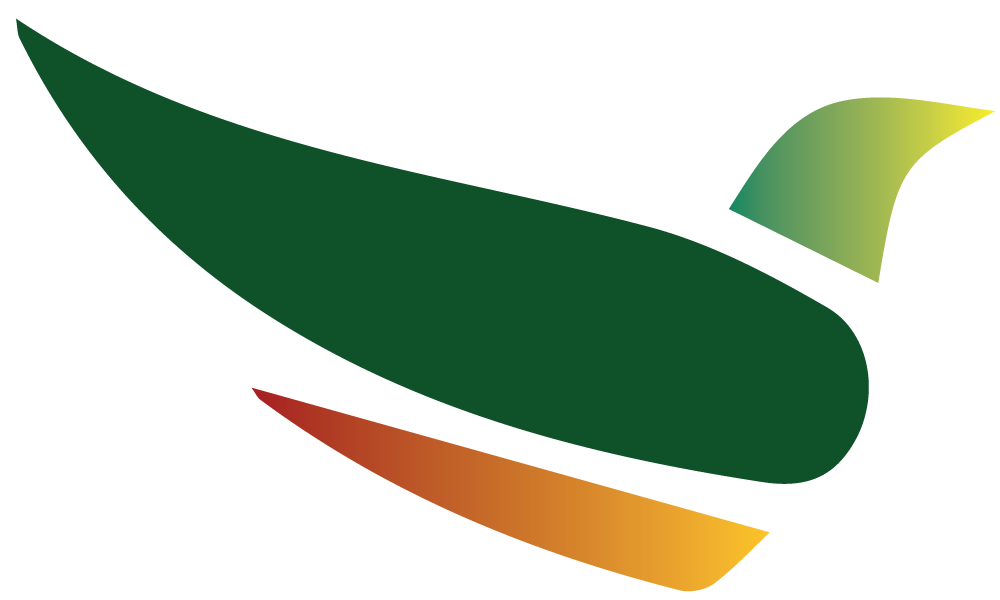
Almost all conservation research involves carrying out survey or census. Surveys are often done to estimate population density in a given area over a long period of time using different survey protocols. Generally, researchers use these methods to examine species-habitat relationships or to answer questions related to the effect of environmental (or other factors) influencing the diversity and distribution of avian species.
Ecologists often seek to understand how habitat, biogeographic and anthropogenic patterns influence species distribution. This mean that ecologists need to collect variables related to these factors over an extended period of time. Historically, these datasets are almost always collected by hand (using pen and paper) and then manually transferred into a spreadsheet at a later date in an often error-prone and time-consuming process. The problem is that, data is often lost since there is no medium to effectively collect, organize and digitize these datasets in one central place. Also, these methods of data collection take up skilled researchers’ valuable time and introduces noise into the research database. At worst, this may create biased errors which may then lead to erroneous findings.
These days, there are many affordable and sophisticated devices available in the market. These devices provide huge opportunity for ecological research due to their potential for collecting and storing ecological datasets. Mobile apps and smart devices have become widely used in many disciplines such as engineering and medicine. However, their use in ecological research has generally been limited to data collection by members of the public in citizen science projects (eBird, BirdLasser, BirdTrack etc) rather than by skilled researchers.
Long-term data collection for ecological research is usually conducted by professionals using standardized techniques. Mobile apps designed for use by such expert scientists can incorporate a broader and more complex range of features that will meet their specific research needs. This type of app can maximize the return on the skills of such researcher and improve the efficiency and accuracy of collecting and storing ecological datasets on a long-term basis.
The solution
To address the problems associated with manual data collection, we developed an automated system for collecting, aggregating and storing ornithological datasets in a more effective and more efficient manner. The BirdPlus mobile app help researchers collect bird data using standard protocols (line transect, point count, point transect, territory mapping, ringing, etc) as described by Bibby et. al., (2000) and Sutherland (2006). When researchers are in the field collecting data, the app automatically sends the data to the cloud in real time. These datasets can then be visualized from a web portal; displaying important metrics such as total records the observer has recorded in the field, which species are sighted where? What is their conservation status? Etc. The solution presented here mean that researchers no longer have to worry about manual data collection using pen and paper, since all data will be collected, aggregated and digitized in a central place.
What variables can you collect with BirdPlus?
One key thing about this app is that, it does not limit you to collect just specific type of data (as in the case of most citizen science apps). The BirdPlus mobile app is designed with flexibility in mind. Since each researcher have his/her own research needs, the system was built to accommodate all use cases while at the same time maintaining its simplicity. The app is designed for all versions of Android operating systems (support for iOS is coming soon).
Key features
- Automatically captures point coordinates of each observation
- Automatically captures timestamp (date and time) for each observation
- Collect data even without internet
- Regional species pack (currently support 11 countries in Africa, more will be added soon)
- Multi-language support (English, French and Portuguese)
- Create and personalized your data form with any type of variable you want to collect
- Export your data as csv
- Export your data for eBird & BirdLasser
- Visualized your data on the web portal
- Keep your data private or share it publicly to support conservation causes.
